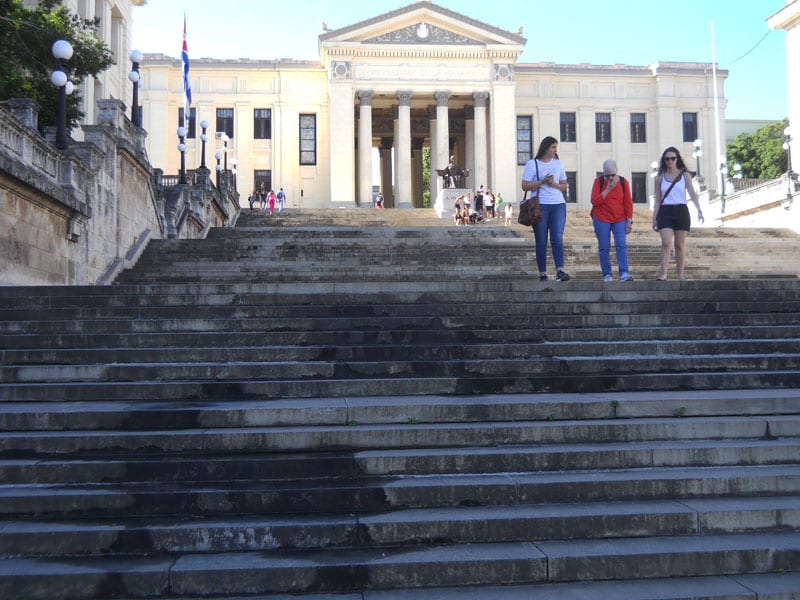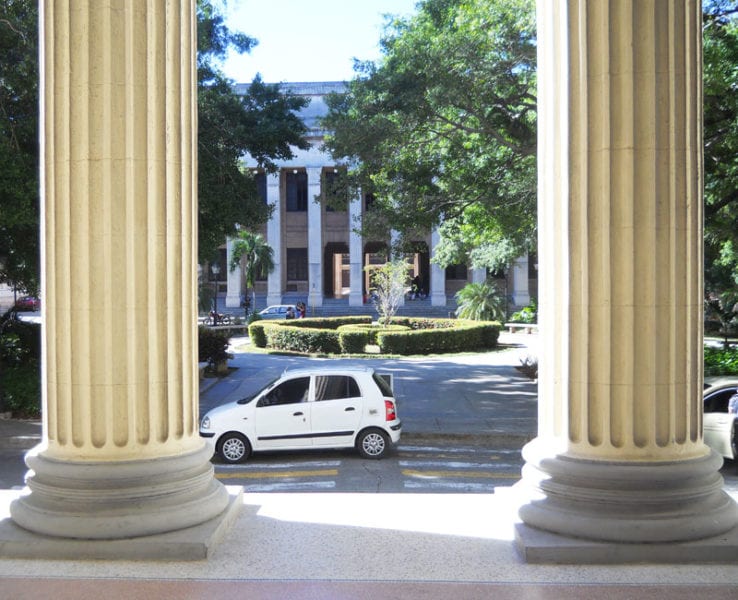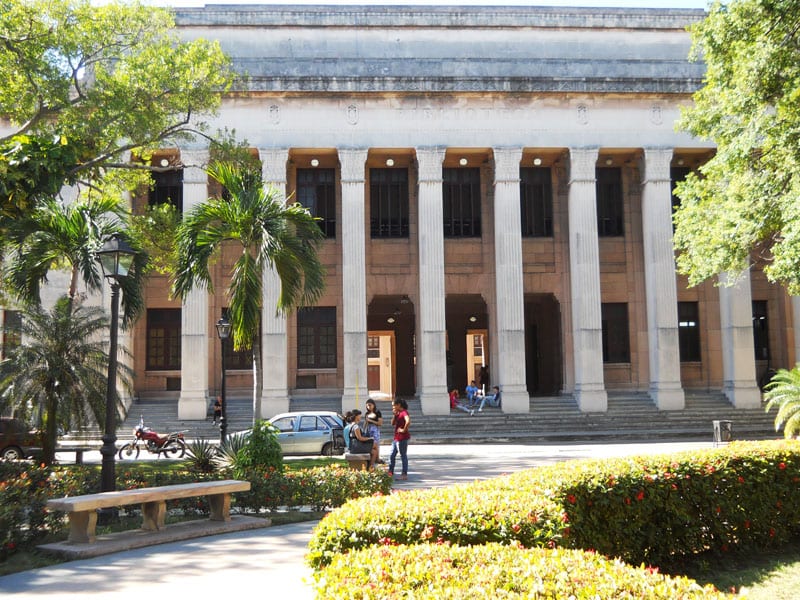Havana University’s 290th Anniversary
Elio Delgado Legon

HAVANA TIMES — The Royal and Pontifical University of Saint Jerome of Havana was founded on January 5th 1728. It became the Royal and Literary University of Havana in 1842 and finally became Havana University in the late 19th century. For over two centuries, Havana University was the only university in the country until 1947, when Oriente University was founded. Later, the University “Marta Abreu” of Las Villas was founded in November 1952.
During the 219 years that Havana University was the sole university in Cuba, opportunities for further education studies were limited to the middle class and wealthy, mainly residents in Havana, as it was too expensive for residents living in the country’s interior as they also had to pay for lodging during the academic year in addition to education expenses such as enrolment, books and conferences.
Even with the abovementioned restrictions, Havana University trained up many of Cuba’s main heroes and patriots such as Carlos Manuel de Cespedes, the “Father of the Homeland”, Ignacio Agramonte, Julio Antonio Mella, the founding father of the University Students Federation (FEU) and Cuba’s first Communist Party, and Fidel Castro, the leader of the Cuban Revolution.
Havana University currently has over 30,000 (undergraduate and postgraduate) students studying there with a staff of 2000 professors, of which nearly half have a Doctorate in Sciences and a considerable number have a Masters. It has 16 faculties, four institutes and 18 research and study centers.

Today, children of farmers and laborers can study at the university, and those who live further away have a right to receive a grant, which includes accommodation, food and an allowance for transport expenses and snacks. In addition to studies being free, the main books and printed conferences are also free, when these are essential readings for the course. This not only happens at Havana University, but all over the country, as the revolutionary government has founded universities in all of Cuba’s 15 provinces and the special municipality of Isle of Youth.
A meningitis vaccine was created at Havana University’s main research center during the toughest years of the so-called Special Period, which was extremely successful. Plus, the first vaccine with a synthetic antigen in the history of humankind was created in the early noughties. These are evident achievements for the old university and the scientists who were trained there after the Cuban Revolution triumphed, giving the opportunity to develop all of the country’s intellect, which used to be lost before because people couldn’t afford to pay for university.
A scientist who studied at Havana University: Agustin Lage Davila, the head of the Molecular Immunology Center, recently expressed the following ideas in an interview for the TV program Mesa Redonda:

“If we look at Cuba today, we can see that Cubans currently have two great challenges in front of them: the financial struggle and the battle of ideas. The first stems from building a prosperous and sustainable socialist system and the second from knowing that we can reach this prosperity and sustainability with socialism. In my opinion, both of these great battles need to be won at universities.
“We don’t have great financial resources, we don’t have large expanses of land either that allow us to develop agriculture for exports, not even for a great national demand because for the eleven million Cubans. So, how are we going to make progress in Cuba?
“Our leverage to make progress is our knowledge, science, technology and culture. These are the foundations that will allow us to build a Cuba for the next 50 years. And universities, such as Havana University, take a leading role in this regard.”
